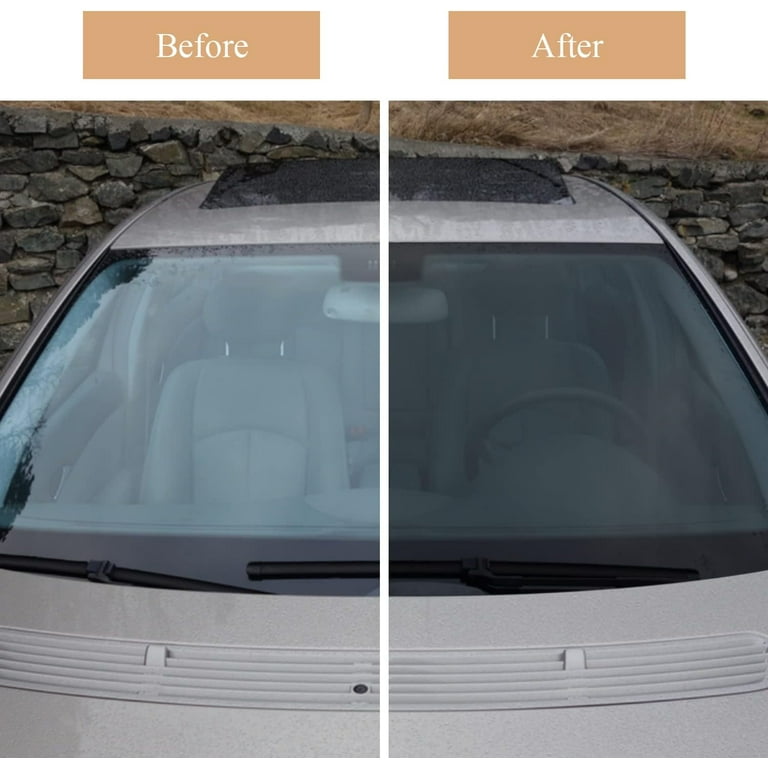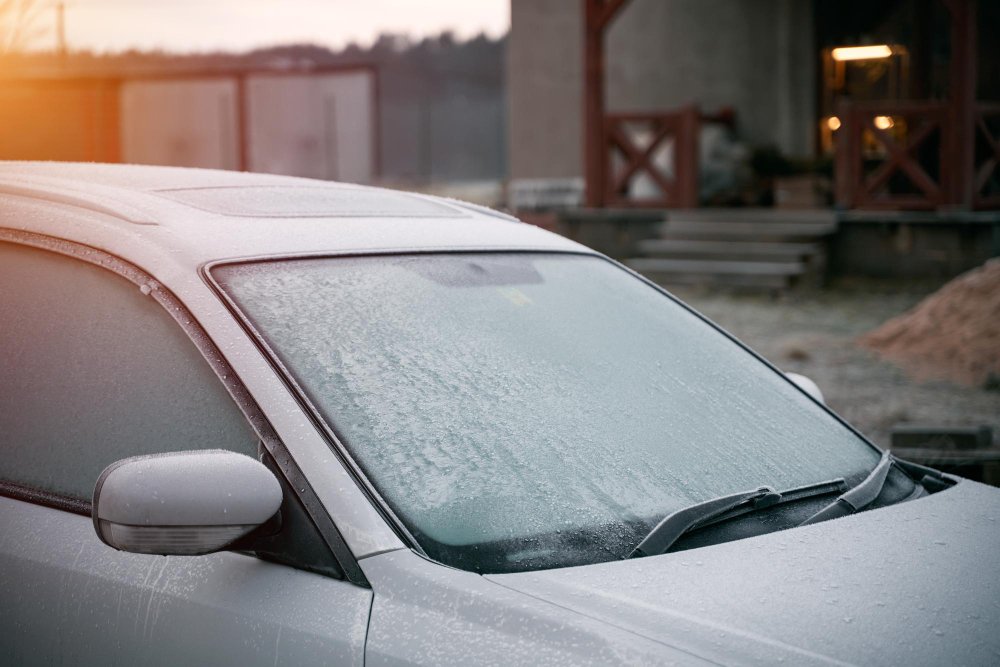Auto Window Tinting: A Guide to Selecting the Perfect Shade
Auto Window Tinting: A Guide to Selecting the Perfect Shade
Blog Article
Window Tinting Regulations and Standards: What You Required to Know Prior To Tinting Your Vehicle
Before waging window tinting for your vehicle, it is important to familiarize yourself with the diverse legislations and guidelines that regulate this method across different states. These policies dictate the acceptable degrees of tint darkness, often measured by noticeable light transmission (VLT) portions, and consist of specific specifications for front windscreens focused on guaranteeing roadway security. Additionally, specific jurisdictions may use clinical exemptions for people with qualifying conditions. Comprehending these complexities can save you from potential legal ramifications, however what are the certain guidelines in your state?
Review of Window Tinting Laws
Window tinting laws are often subject to variant throughout different jurisdictions, mirroring neighborhood guidelines and safety considerations. These laws dictate the allowable levels of tint darkness and reflectiveness on automobile windows, making certain that chauffeurs maintain appropriate presence while also safeguarding versus dangerous UV rays and heat.
The majority of guidelines identify home window tinting based on the Visible Light Transmission (VLT) portion, which suggests the amount of light that can travel through the window. Generally, reduced VLT percents indicate darker colors. Regulations often set apart between the front, side, and rear windows, with more stringent constraints related to the front windscreen to boost safety for both the driver and various other road customers.
Additionally, some territories impose limitations on the reflectivity of the tint, stopping extreme glow that might hinder exposure. Exemptions to these regulations may exist for people with certain medical problems requiring additional sunlight protection. Compliance with window tinting policies is important, as offenses can result in penalties, obligatory elimination of the tint, and possible boosts in insurance policy premiums. It is crucial for vehicle proprietors to acquaint themselves with neighborhood regulations prior to continuing with window tinting installments.
State-by-State Color Regulations
Recognizing the specific window tinting regulations in each state is crucial for vehicle proprietors looking for to adhere to the legislation. Each state in the united state has actually established its own collection of regulations controling window tinting, which can differ dramatically. These guidelines typically dictate the allowed degrees of tint darkness, the kinds of home windows that can be tinted, and any clinical exceptions that may apply.
For instance, states like The golden state have rigid constraints on color darkness for front windows, while others, such as New Mexico, might permit darker tints. Additionally, specific states mandate specific exposure percentages for numerous windows, including the windshield, front side windows, and rear home windows. It is vital for automobile proprietors to familiarize themselves with their state's legislations to avoid potential penalties or fines.
In addition, some states might need a qualification sticker label to be put on colored home windows, indicating compliance with state legislations. Failure to abide by these regulations not only runs the risk of legal repercussions yet can likewise impact security and presence while driving. Vehicle proprietors should carry out extensive research study or seek advice from neighborhood authorities to make certain full understanding and compliance with state-by-state color policies.
Allowed Color Degrees and Types
Several vehicle proprietors might be amazed to learn that permitted tint degrees and types vary commonly throughout different states. Each state has actually established its own policies regarding the permissible darkness and reflectivity of home window tint, commonly measured by Visible Light Transmission (VLT) percents. VLT refers to the quantity of light that can go through the colored windows; therefore, a reduced percent suggests a darker tint.

In addition, the kinds of color materials allowed can vary, with some states restricting metallic or mirror-like coatings. It is essential for car proprietors to familiarize themselves with their state's details laws to make certain compliance. Non-compliance can cause penalties, obligatory elimination of the tint, or various other lawful effects, making it critical to recognize these laws prior to waging installation.
Medical Exemptions for Tinting
While not all states supply allocations for clinical exceptions relating to window tinting, those that do recognize the requirement for details individuals to improve exposure and comfort due to medical conditions. Different medical conditions, such as lupus, skin cancer, and particular my explanation eye disorders, can render people especially conscious sunshine. Consequently, these individuals might call for darker colors to safeguard themselves from harmful UV rays and glare.

It is essential to note that despite a clinical exception, there might still be limitations on the level of color enabled. Compliance with state regulations ensures that people are both protected and within legal restrictions. Those thinking about medical exceptions should call their regional Department of Motor Cars or equal authority to understand the requirements and treatments essential to look for an exception successfully.
Charges for Non-Compliance
Falling short to abide with home window tinting regulations can cause considerable charges, which vary by state. Police are equipped to issue citations for automobiles that do not abide by the specified tinting laws. These penalties normally consist of penalties, which can range from modest quantities to a Visit This Link number of hundred bucks, relying on the severity of the offense and the state concerned.
In some jurisdictions, repeated offenses might cause rising fines or additional charges, such as mandatory court appearances. Non-compliance may require the removal of prohibited tinting, typically at the owner's expenditure. In severe cases, habitual culprits may deal with suspension of their vehicle enrollment up until conformity is attained.
Furthermore, insurance coverage effects may emerge from receiving several citations for window tint infractions. Insurance firms might watch such offenses as an indicator of riskier actions, potentially bring about enhanced premiums or problem in coverage.
To stay clear of these penalties, it is crucial for car owners to acquaint themselves with their local home window tinting laws and ensure that their lorry complies (Window Tinting). This positive strategy not just prevents lawful implications but likewise advertises roadway security
Conclusion

The majority of regulations categorize home window tinting based on the Visible Light Transmission (VLT) percentage, which indicates the quantity of light that can pass with the home window. Conformity with home window tinting regulations is important, as offenses can result in penalties, compulsory elimination of the tint, and prospective rises in insurance policy costs.Comprehending the certain window tinting laws in my review here each state is important for vehicle owners seeking to comply with the regulation. These regulations often determine the allowable degrees of tint darkness, the types of windows that can be tinted, and any type of clinical exceptions that may apply.
For circumstances, states like California have strict constraints on tint darkness for front windows, while others, such as New Mexico, might allow darker colors.
Report this page